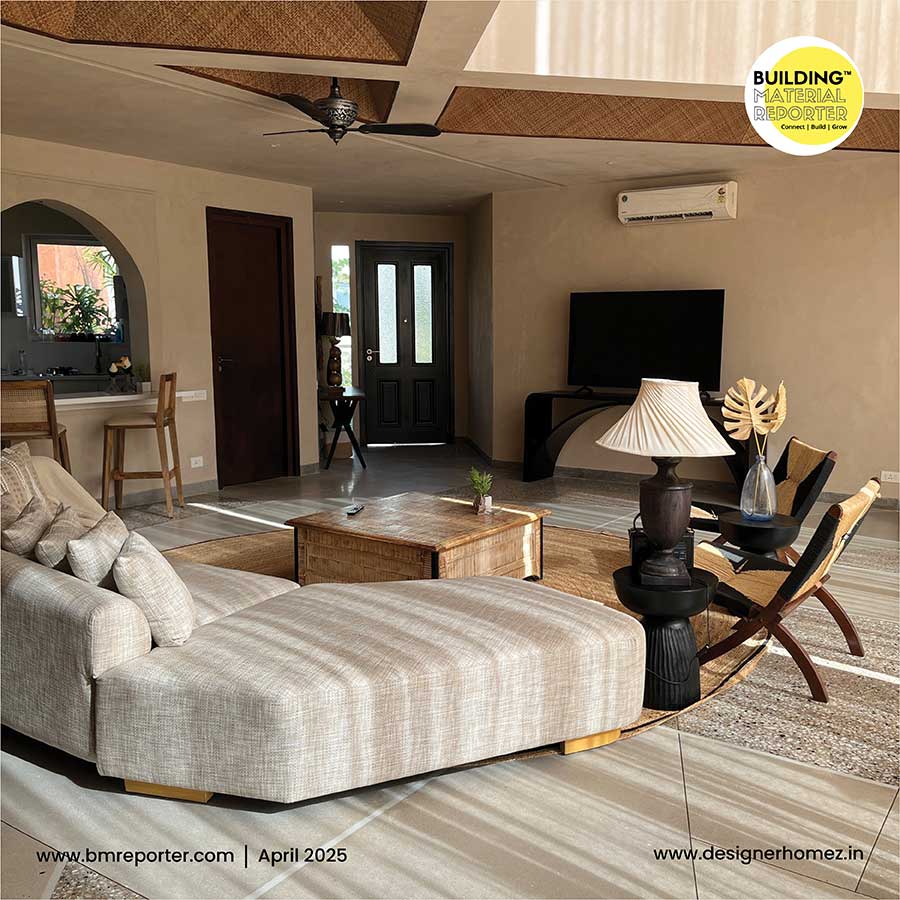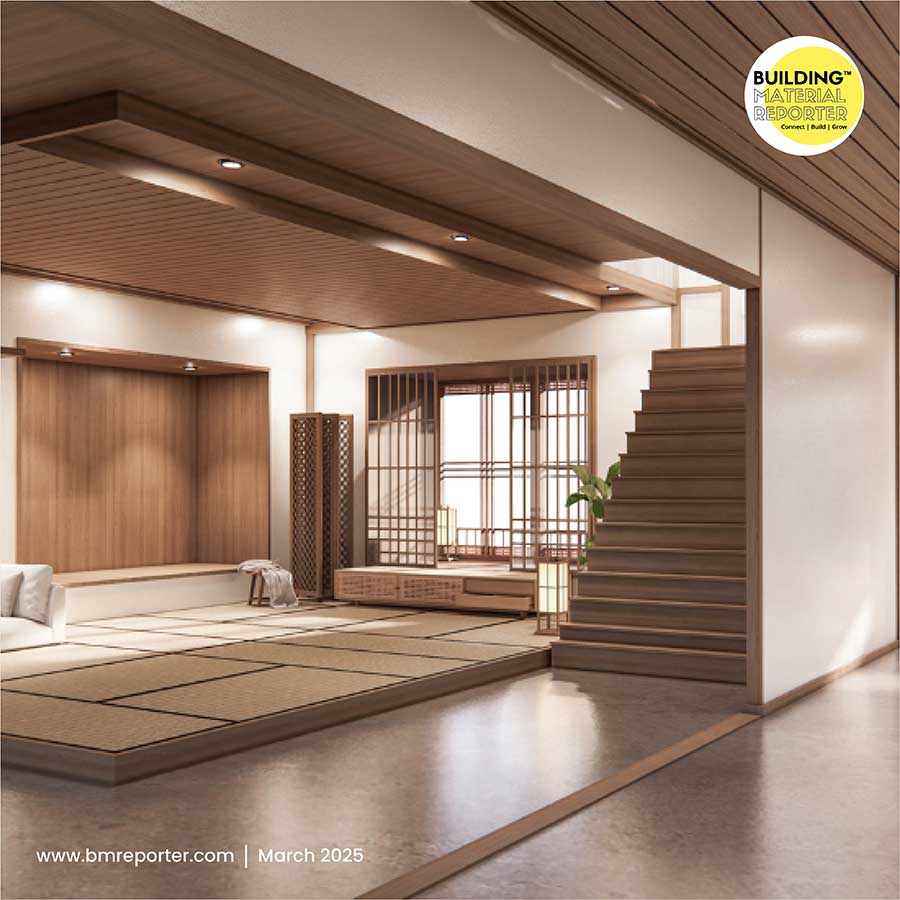Decoding Japandi Aesthetics in Design
- June 19, 2024
- By: Editorial Team
- INFLUENCERS
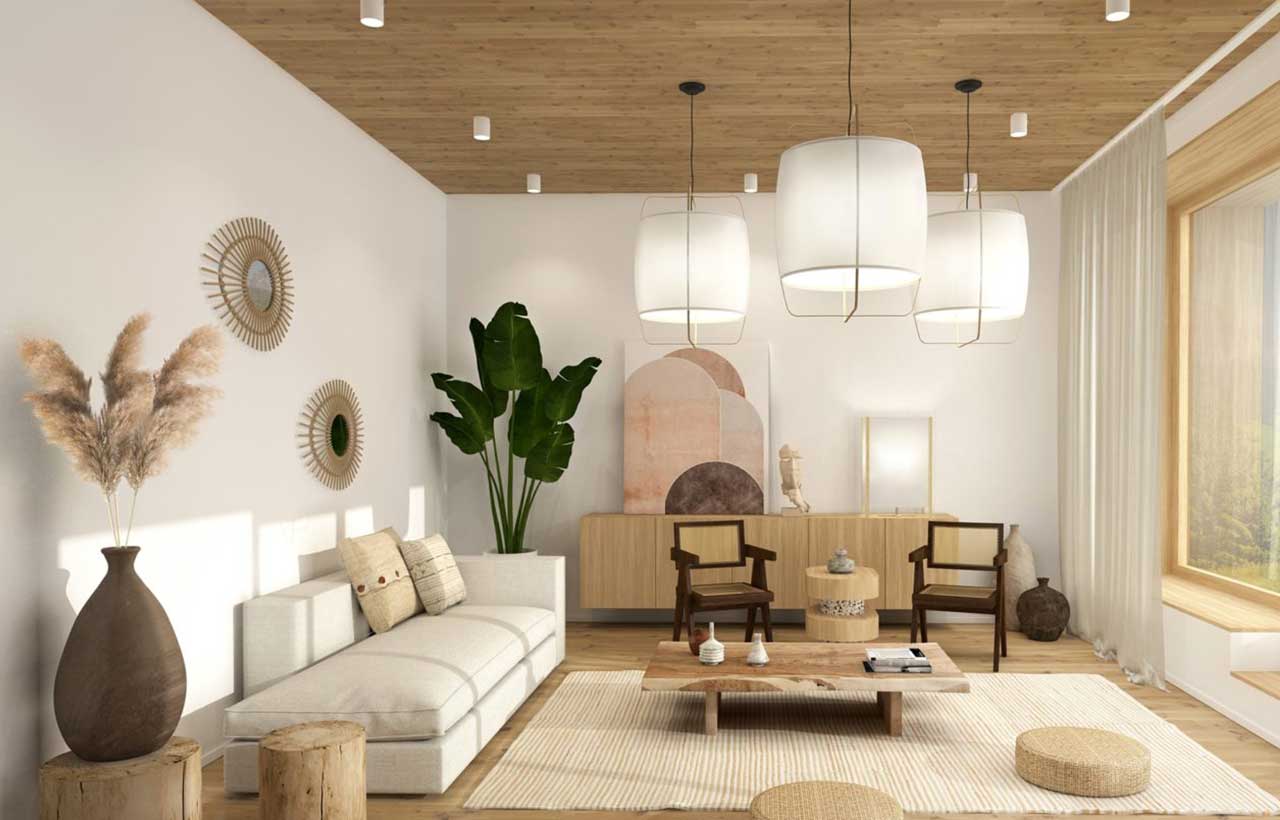 Japandi design is becoming more and more well-liked in interiors
Japandi design is becoming more and more well-liked in interiors
Thinking of bringing the touch of Japan to your home interiors? BMR is just a click away for the ideas. Scandinavian-Japanese design approach is becoming more and more well-liked. By combining the cultural spirit of two regions into one technique, this serene approach to decorating promotes relaxation at home. But understanding the basic aspects of each region's design is necessary before you can properly appreciate Japandi.
Clean lines, rough-hewn textures, a neutral color scheme, and minimal styling are characteristics of Japanese design, which is based on simplicity and a connection to nature. Japanese interior design "prefers less decoration" and encourages the removal of distracting features, in contrast to Western views that support the addition of interior components. Put another way, the principle of "less is more" permeates Japanese home design.
Wood, bamboo, stone, and paper (washi) are among the natural elements commonly used in Japanese interior design style. These materials are prized for their longevity, ability to infuse environments with a sense of coziness and warmth, and organic textures. Wood is frequently kept untreated or very lightly tinted to highlight its inherent beauty and grain.
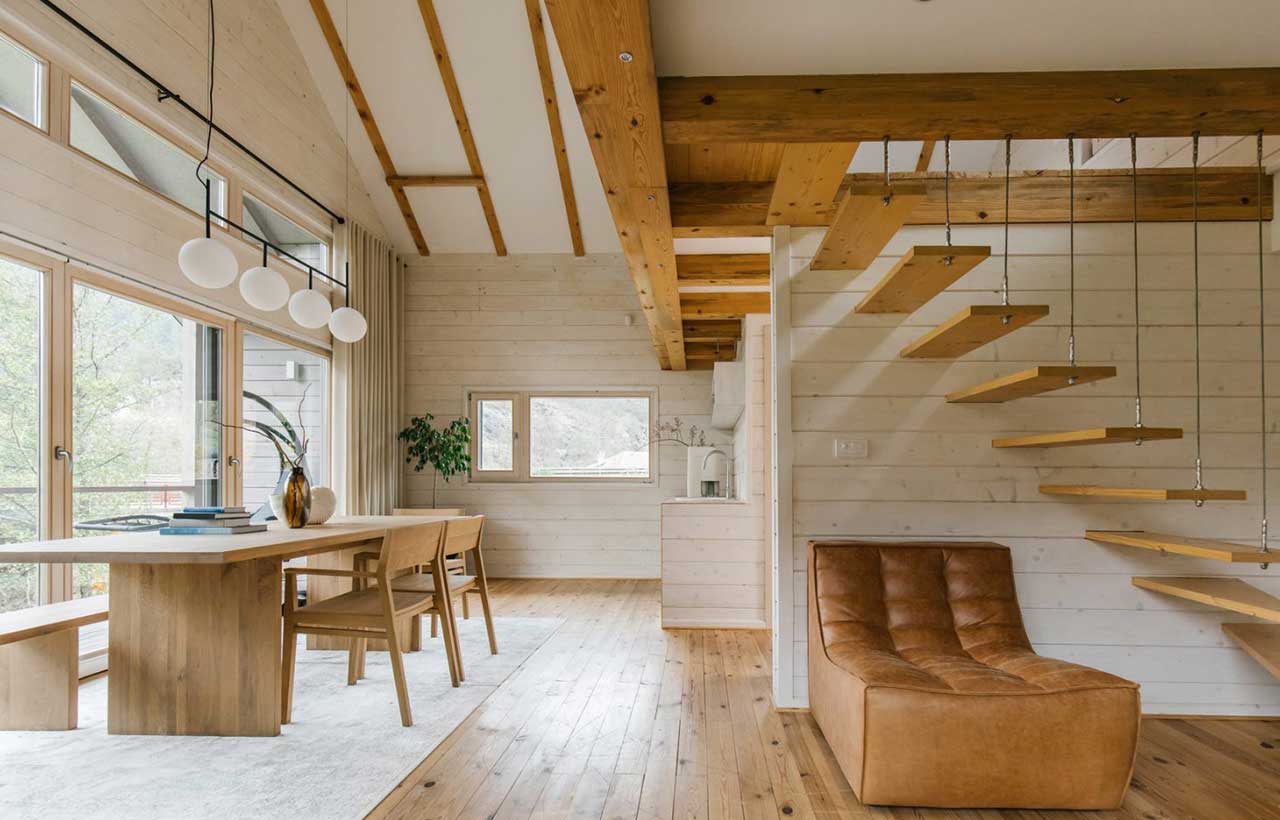 The design satiates warmth & practicality
The design satiates warmth & practicality
Scandinavian coziness and the beauty and minimalism of Japanese aesthetics are combined in the fusion style known as "japandi" home design. It creates a pleasing blend that appeals to fans of both types by fusing the warmth and practicality of Scandinavian settings with the timeless simplicity of Japanese interior design. BMR is here to examine the fundamental ideas, components, color palettes, materials, and useful hints that characterize the Japandi style in this investigation.
Furniture Style
Japanese-style furniture is usually practical and minimalist, with smooth surfaces and clean, straight lines. Mid-century modern elements can be seen in Scandinavian items, although Japanese designs are typically more conventional and emphasize simplicity.
Furnishings & Textiles
Natural fibers like cotton, linen, or wool are typically used to make textiles like cushions, rugs, and curtains for Japanese home design. Frequently, they have delicate textures or patterns that warm the room without becoming overpowering.
Focus on Lighting
Both Scandinavian and Japanese design rely heavily on natural light. Light-colored walls and wide windows allow natural light to flood the interiors of Japanese homes. Artificial lighting typically has subtle fixtures that go well with the overall minimalist design.
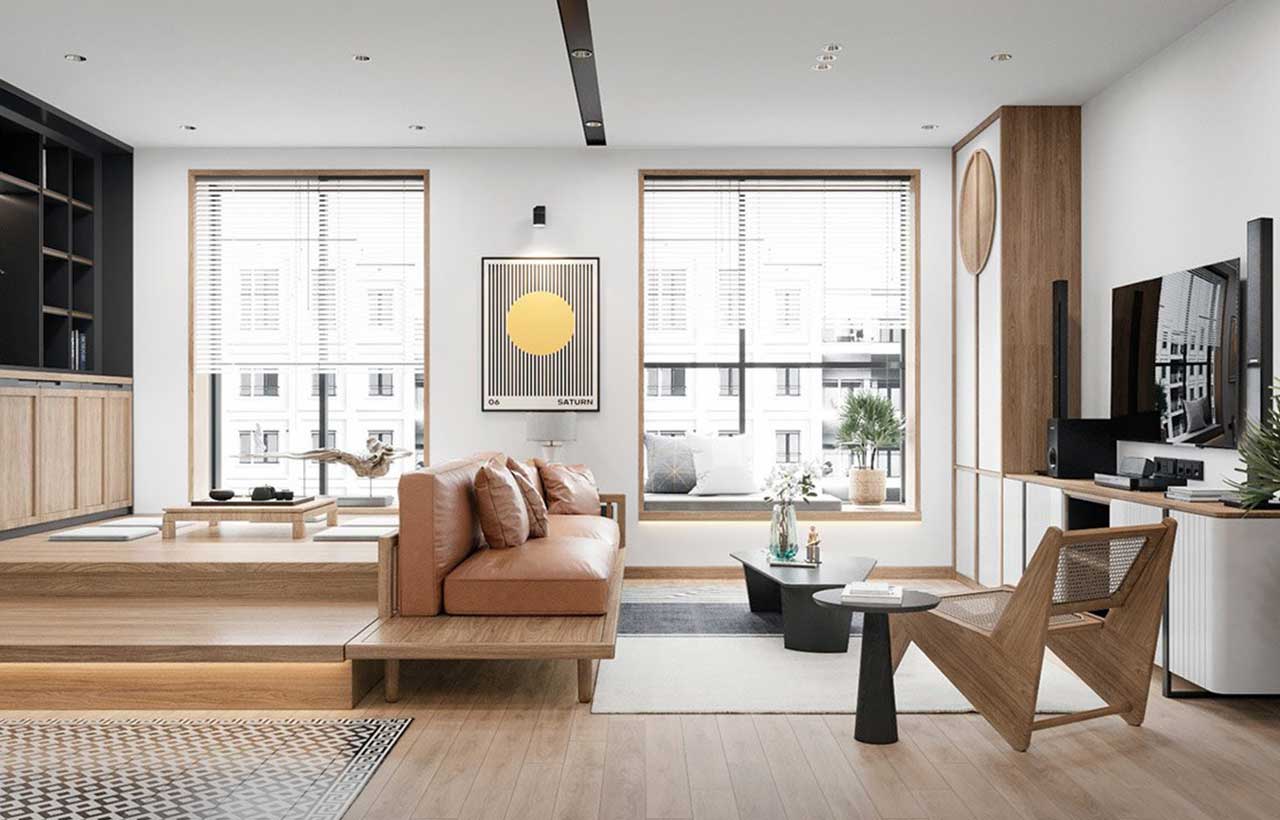 The style relies more on minimalism and simplicity
The style relies more on minimalism and simplicity
Accessories and Decor Style
Japanese-style accessories and décor are thoughtfully chosen to capture the grace and simplicity of both cultures. Examples include wooden bowls, ceramics, and other handcrafted items that showcase artistry and the beauty of nature.
Neutral Color Scheme
Inspired by Scandinavian design, the color scheme used in Japandi design interiors is usually calm and neutral. The predominant colors are white, gray, beige, and gentle pastels, with sporadic accents in deeper tones for contrast.
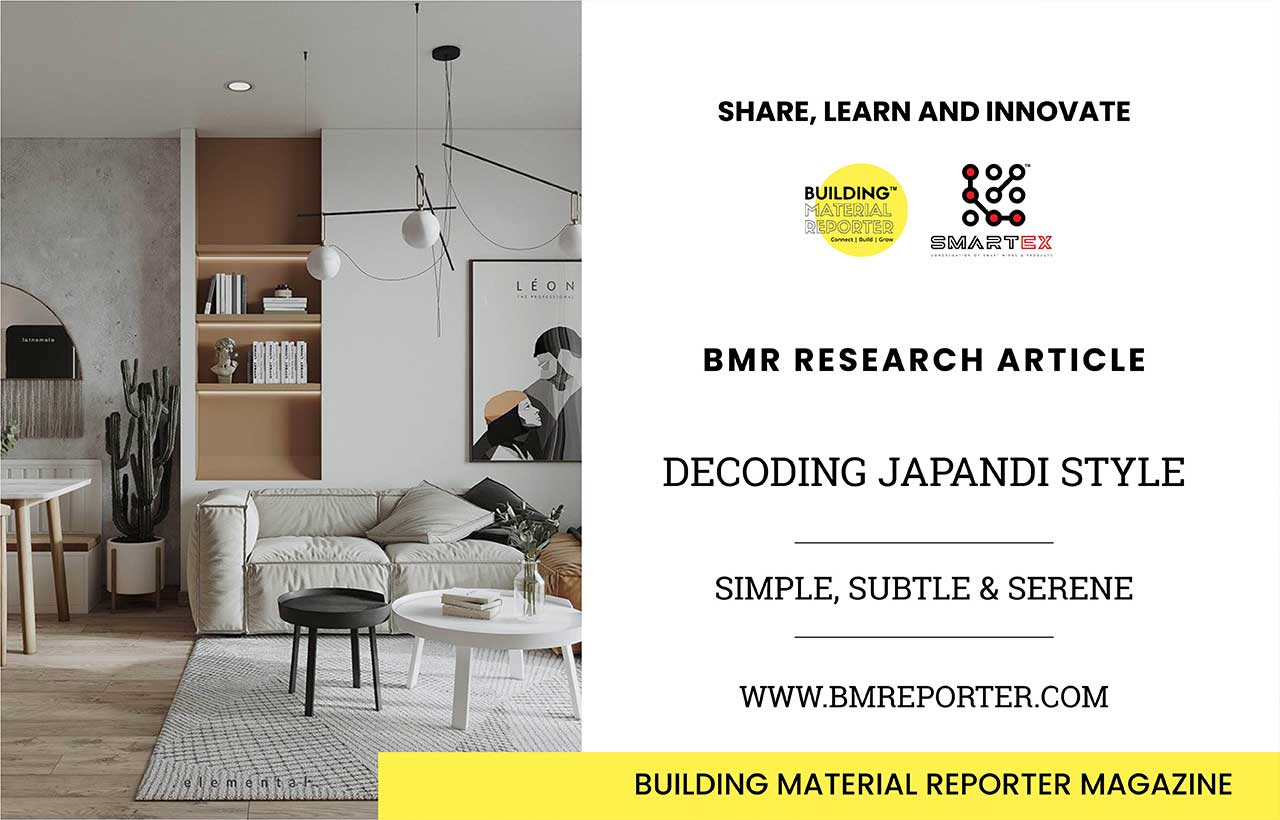
Building Material Reporter believes in serving the best! Stay tuned with us for more ideas and news related to construction, home decor, interior design, new projects, architecture and innovative materials in the industry. Follow us for the latest news and stay updated.


